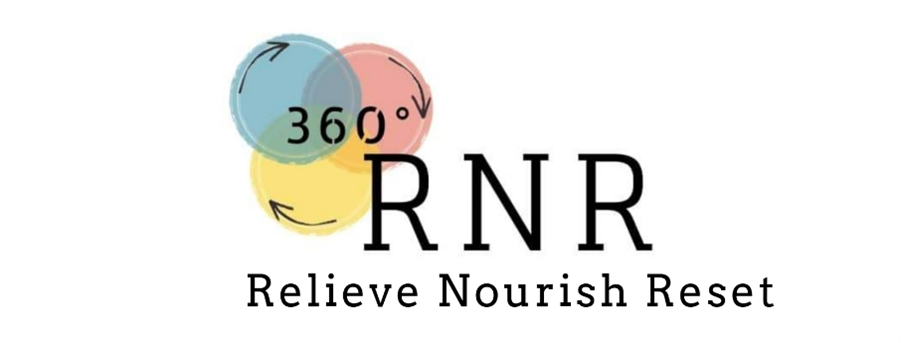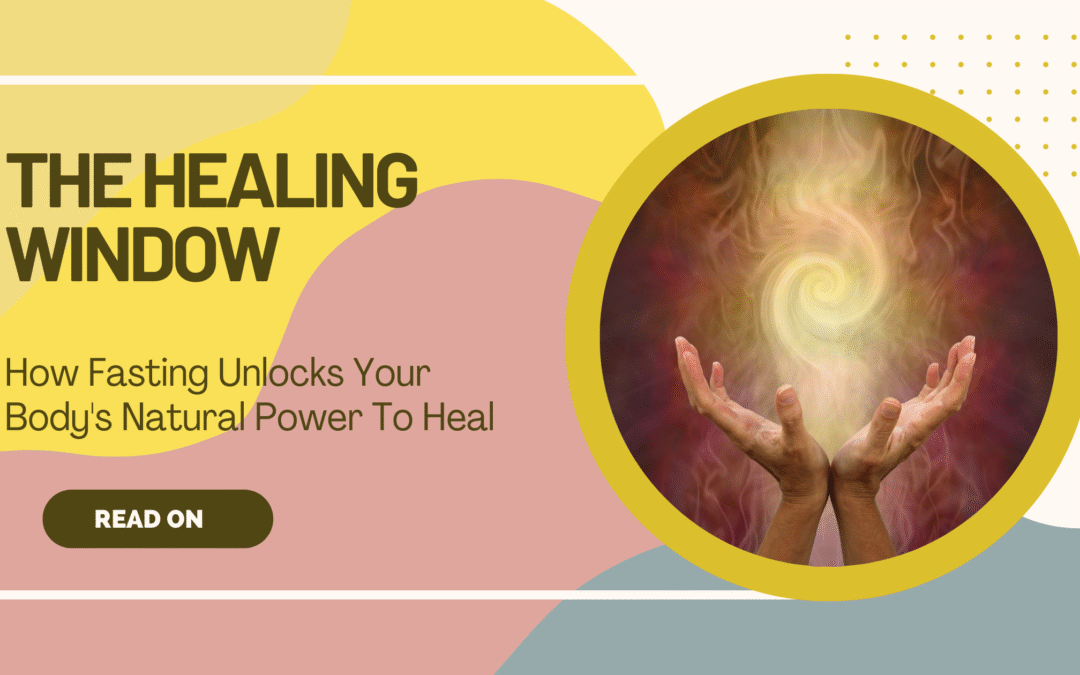The Healing Window (aka the Fasting Window)
When I completed my Fast Like a Girl certification, one of the most powerful shifts I made was changing how I saw the fasting window. Rather than seeing it as deprivation, I began to see it as what it really is: a Healing Window.
This is the time when your body shifts gears from digesting to deep healing, but most of us never stop eating long enough to allow it to happen. And that’s part of the problem—we’re stuck in the sugar-burning cycle and rarely tap into our body’s full healing potential.
Two Energy Systems: Sugar vs. Fat
The body uses two systems to create energy:
- Glucose-burning system (from carbohydrates)
- Ketone-burning system (from fat)
Here’s the thing: we’re supposed to switch between both. In fact, the brain and mitochondria thrive on 50% glucose and 50% ketones. If we’re not accessing ketones, we’re only firing on half our potential.
So… What Should We Eat?
The internet is flooded with rules about eating—keto, carnivore, vegan, paleo—but my personal motto is to keep it simple:
Whole and real foods.
That means removing processed junk, chemicals, and excess sugar. It doesn’t have to be complicated. Just eat closer to nature and let your body do what it was designed to do.
What Happens During the Healing Window?
There are six key types of fasting windows, each offering specific healing benefits. A word of caution: longer fasts need to be approached mindfully, especially if you’re new to this. Most people can start by building up to a 12–13 hour fast and clean up their eating window first.
Here’s what happens when we stop eating and let the healing begin:
1. Intermittent Fasting (12–15 hours)
- Kicks off fat burning (ketosis)
- Decreases inflammation
- Boosts growth hormone
- Supports mental clarity and stable energy
2. Autophagy Fast (17 hours)
- Activates cellular cleanup
- Old, damaged cells get recycled or eliminated
- Helps destroy viruses and bacteria
- May reduce long-term disease risk
3. Gut Repair Fast (24 hours)
- Stimulates intestinal stem cells
- Clears out bad gut bacteria
- Promotes a healthier microbiome
4. Fat Burning Reset (36 hours)
- Helps mobilize stubborn fat cells
- Great for breaking through weight loss plateaus
5. Dopamine Reset (48 hours)
- Helps reboot motivation by building new dopamine receptor sites
- May improve mood, drive, and food behavior
6. Immune Reset (72 hours)
- Deep cellular autophagy
- Removal of non-functioning white blood cells
- Replaces them with fresh, newly generated immune cells
- Huge stem cell surge at the 72-hour mark!
But… Is It Safe?
Short answer: it can be. But only if you prepare your eating window properly. If your diet is full of processed carbs, sugar, or inflammatory oils, your body won’t transition into the Healing Window easily—you’ll feel “hangry” and fatigued.
That “hangry” feeling? It’s a clue. It tells us the body is relying too heavily on glucose and isn’t metabolically flexible. That’s why we ease into fasting and nourish ourselves between fasts with whole, nutrient-dense meals.
The Takeaway: You Are Designed to Heal
Fasting isn’t about deprivation. It’s about giving your body time to repair, reset, and thrive. Once you clean up your eating habits, even a simple 13-hour fast can trigger amazing changes—less inflammation, better mood, sharper focus, and even cellular regeneration.
Are you curious about fasting? If you’re a woman then we do want to ensure you are doing it the correct way in line with your hormones and stage of life. So let’s chat about what that might look like for you…email me your questions here.
Your body was designed to heal. Let’s give it the time and space to do it.

